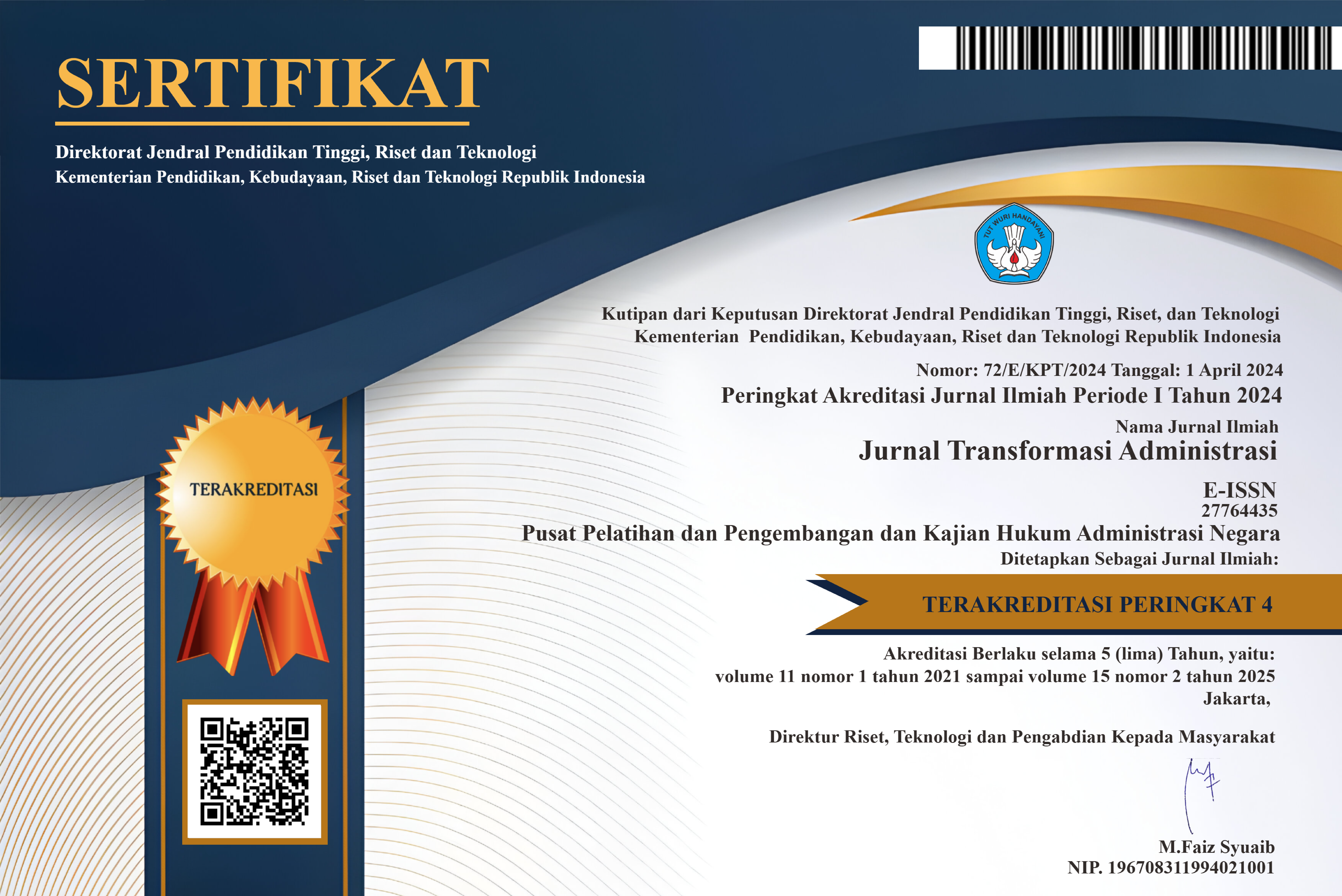Natural Disaster and Poverty in Indonesia
Keywords:
disaster resilience, natural disaster, povertyAbstract
The natural disaster has a significant effect on household’s income and expenditure. The linkage of natural disaster and income has been explored intensively. However, the linkage of natural disaster and poverty is less explored. Thus, this study aims to fill the gap by estimating the effect of natural disaster on poverty in Indonesia. This study utilizes the data from IFLS 5. Linear Probability Model (LPM) is used to estimate the probability of being poor of a household after a certain disaster. The result shows that a household that encountered a certain natural disaster has a higher probability of being poor by 4.68 percent than others. The coefficient is corrected to 2.68 after considering district fixed effect. Further, the effect of natural disaster differs regarding its type. Volcano eruption has the worst effect on poverty. A household that suffered volcano eruption has a probability of being poor by 7.84. In contrast, flood only contributes 5.85. There is no significant effect of the earthquake on poverty that may be caused by omitted variable bias as the magnitude is not controlled in this study. This study suggests three optional strategies for reducing the negative impact of the natural disaster on poverty in Indonesia. Increasing productive assets may reduce the loss and shorten the recovery period. The disaster drill is needed for increasing the preparedness of a society. Increasing the quantity and quality of disaster-resistant infrastructure is strongly advised in disaster-prone areas.
References
Baez, J., dan Santos, I. (2008). On shaky ground: The effects of earthquakes on household income and poverty, RPP LAC – MDGs and Poverty – 02/ 2008. New York: RBLACUNDP.
Bui, A. T., Dungey, M., Nguyen, C. V., dan Pham, T. P. (2014). The impact of natural disasters on household income, expenditure, poverty and inequality: evidence from Vietnam. Applied Economics, 46(15), 1751–1766. http://doi.org/10.1080/00036846.2014.884706
Kim, C.-K. (2011). The Effects Of Natural Disasters On Long-Run Economic Growth. The Michigan Journal of Business, 4(1), 11–49.
Kenny, C. (2012). Disaster Risk Reduction in Developing Countries: Costs, Benefits and Institutions. Disasters, 36(4), 559–588. http://doi.org/10.1111/j.1467-7717.2012.01275.x
Kusumastuti, R. D., Husodo, Z. A., Suardi, L., dan Danarsari, D. N. (2014). Households Perceptions on Factors Affecting Resilience towards Natural Disasters in Indonesia. The South East Asian Journal of Management, 8(1), 13–28. Retrieved from http://journal.ui.ac.id/index.php/tseajm/article/viewFile/3099/2430
Kusumastuti, R. D., Husodo, Z. A., Suardi, L., dan Danarsari, D. N. (2014). Developing a resilience index towards natural disasters in Indonesia. International Journal of Disaster Risk Reduction, 10, 327–340. http://doi.org/10.1016/j.ijdrr.2014.10.007
Lazzaroni, S., dan Bergeijk, ⁎Peter A.G. van. (2014). Natural disasters’ impact, factors of resilience and development: A meta-analysis of the macroeconomic literature. Ecological Economics, 107, 333–346. Retrieved from http://ac.els-cdn.com
Menendez, M. (2014). Benefit in the wake of disaster : Long-run effects of earthquakes on welfare in rural Indonesia. Journal of Development Economics, 118(33), 1–44. http://doi.org/10.1016/j.jdeveco.2015.08.004
Okuyama, Y. (2007). Economic Modeling for Disaster Impact Analysis: Past, Present, and Future. Economic Systems Research, 19(2), 115–124. http://doi.org/10.1080/09535310701328435
Ruwanpura, J., Wickaramaratne, S., Braun, a., dan Wirasinghe, S. C. (2009). Planning and modelling for mitigation of tsunami impacts. Civil Engineering and Environmental Systems, 26(2), 195–209. http://doi.org/10.1080/10286600802435835
Todaro, M. P. and Smith, S. C. 2009. Economic Development. Pearson. UNCDF.
Toya, H., dan Skidmore, M. (2007). Economic development and the impacts of natural disasters. Economics Letters, 94(1), 20–25. http://doi.org/10.1016/j.econlet.2006.06.020
Xiao, Y., dan Nilawar, U. (2013). Winners and losers: Analysing post-disaster spatial economic demand shift. Disasters, 37(4), 646–668. http://doi.org/10.1111/disa.12025
Xiao, Y., dan Drucker, J. (2013). Does Economic Diversity Enhance Regional Disaster Resilience? Journal of the American Planning Association, 79(2), 148–160.
http://doi.org/10.1080/01944363.2013.882125
World Bank Institute. 2005. Introduction to Poverty Analysis. World Bank, Washington, D.C. http://siteresources.worldbank.org/PGLP/Resources/PovertyManual.pdf
Wooldridge, J.M. (2013). Introductory econometrics: A modern approach (5thed.). Mason, OH: South-Western, Cengage Learning















